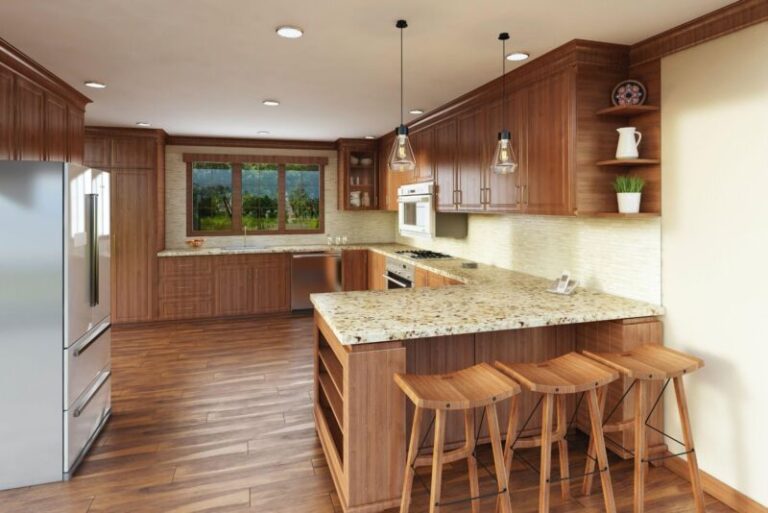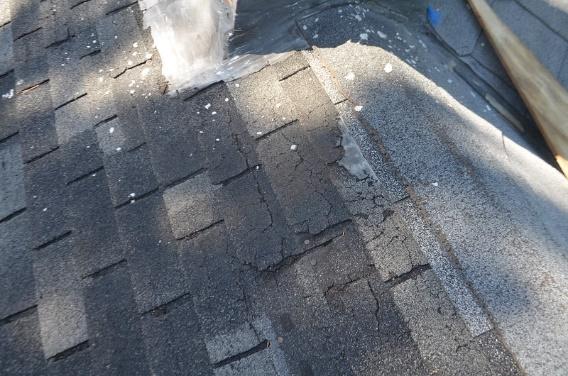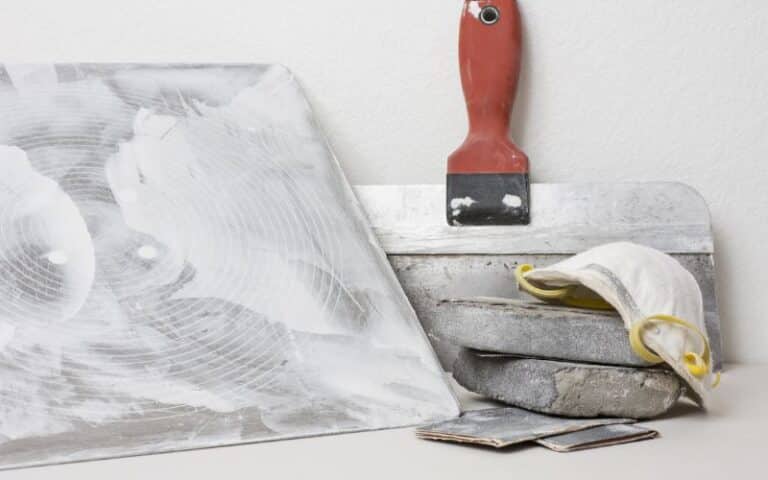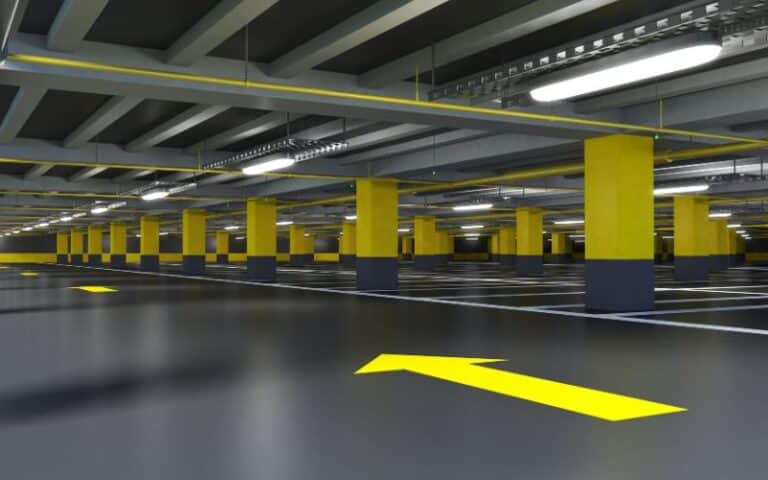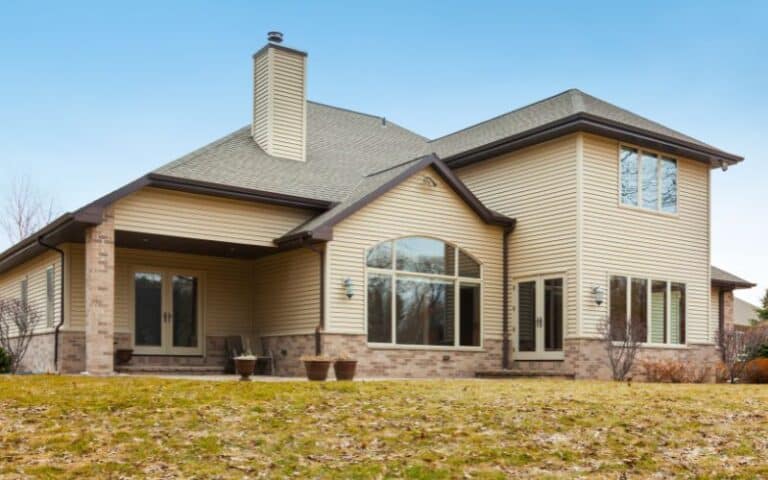Drywall screws are popular and easily available for use anywhere. Unlike other screws available in certain stores, more hardware stores have drywall screws available.
Consequently, many DIYers and woodworkers will consider using a drywall screw on wood workings. However, there’re negative thoughts on the reliability of drywall screws on wood.
Nevertheless, it’s only natural to conceive the idea of using drywall screws as an alternative screw for your woodworking. Hence is it ideal to use drywall screws in wood?
Yes, you can use drywall screws in wood, but it’s ideal only to use them in softwood or to attach drywall to wood. Drywall screws are brittle and will snap off or break under a load of pressure or on a hardwood surface. Also, unlike wood screws, drywall screw threading is full and weak to hold wood.
In this article, I will explain if drywall screws are as good as wood screws for woodwork. And you’ll get to know if you should use a fine or rough-threaded drywall screw in wood.
Ultimately, you’ll know if you can use drywall for plywood. And get to know the pros and cons of using drywall screws on wood.
Ready for a Drywall Quiz?
Are Drywall Screws as Good as Wood Screws for Woodwork?
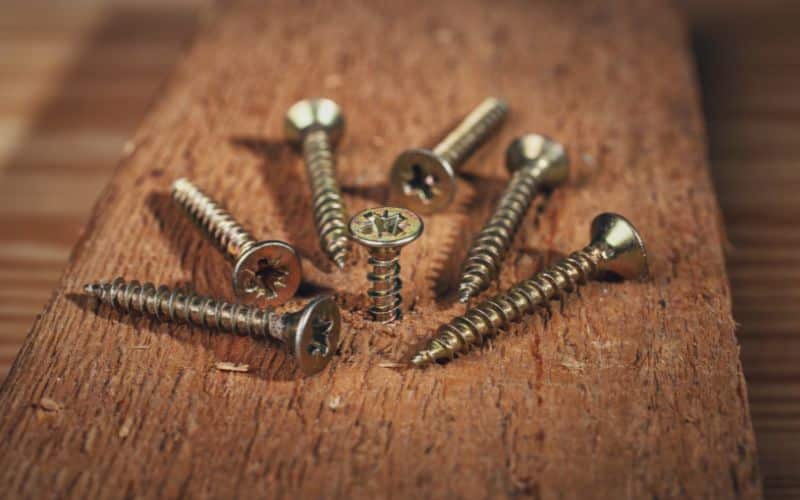
Drywall screws are as good as wood screws for woodwork, but only when dealing with drywall.
Regarding wood, drywall screws are only ideal for lightweight woodwork. Drywall screws are strong but brittle; it’s best for metal studs than woodworkers.
In other words, you can best use drywall screws to attach drywall to the wood surface but not for woodwork.
Moreover, the threading of drywall screws is mostly fine-threaded, while wood screws are rough-threaded, and wood will require a rough-threaded screw to hold well.
Drywall screws with sharp ends can go through hard surfaces like drywall and metal. However, these screws are delicate and will snap/break under stress or pressure.
In most cases, drywall under a pressure load will break in half rather than bend. A drywall screw is, therefore, likely to break on the hardwood.
So if you’re using drywall screws on wood, avoid heavy-duty jobs because stress builds up with time. If this happens, the entire woodwork will fail.
Therefore, it’s advisable not to use drywall screws as an alternative when working on a room redesign unless the woodwork is light.
The reason is that if the drywall screw encounters pressure and hard torques, the drywall screws will snap.
So, a major downside of a drywall screw is its fragile head which is prone to snapping easily.
The inability of drywall screws to withstand pressure makes it obvious that they’re only reliable for drywalls.
Hence you should use wood screws only on hardwoods from trees like oak, walnut, or maple. So before you consider using drywall screws, know if it suits your work.
Certain characteristics of a drywall screw may make it tempting to use. These include its sharp tips and flat head.
For instance, the sharp tips will make drilling a drywall screw into the wood easier. The sharp tips can also drill quickly into metal studs without needing a pilot hole first.
Additionally, the fact that it is good and easily available makes it tempting to use for woodwork.
However, I urge you not to fall prey as wood is a tough material, and drywall screws are lightweight and fragile.
Thus if you must, use drywall screws for simple woodwork and wood screws for heavy woodwork.
For woodwork such as house framing, heavy-load shelves, chairs, and furniture, wood screws are more appropriate.
Should I Use Fine or Rough-threaded Drywall Screws in Wood?
You should use rough-threaded screws for wood and fine-threaded drywall screws for metal works. Only a few pieces of woodwork suit the two types of drywall screws.
Also, with the many layers of wood, it requires good holding power from a large threaded screw. So it’s ideal to use a rough-threaded drywall screw in wood.
When buying screws, don’t be confused, as both screws look similar. Despite looking alike, soft and rough threaded screws differ and serve different purposes.
The most obvious difference is that the rough-threaded drywall screw looks more robust than a fine-threaded screw.
These two types of drywall screws with different threaded systems perform special functions.
Rough-threaded drywall screws are better for holding wood in place than fine-threaded screws. In other words, rough-threaded screws are best for softwoods.
However, despite being best for only softwood, most of these screws are of the same sizes but with different lengths. On the contrary, wood screws come in different sizes.
You can use fine-threaded drywall screws on the hardwood when a rough-threaded screw proves difficult. However, I must warn you; the drilling will be difficult.
Since there are various brands of drywall screws, you may have difficulty choosing which to buy. So, I’ll give you an honest recommendation.
Go for the KURUI drywall screw. It is good and also quite affordable.
Pros and Cons of Using Drywall Screws in Wood
The main reason why drywall screws are popular is because they’re cheap and universally available. However, its usefulness when dealing with wood is what matters here.
Sometimes what makes a product good for a certain purpose can make it bad for another. This fact applies to using drywall screws for woodwork.
As such, it’s important to know the benefits and drawbacks of using drywall screws in wood.
So, the table below outlines the pros and cons of using drywall screws in wood.
| Pros | Cons |
|---|---|
| They can assist with mounting stuff on wooden structures. | The threading can’t hold pieces of wood together. |
| The bulging head of the screw makes it fit well on the wood surface. | There’s only one size of drywall screws. |
| They require less planning and are easier to work with. | They have sharp tips, which can affect the wood fibers and weaken the woodwork. |
| Their design is of harder metal. | You can’t use a drywall screw when the application requires shear strength, as it’s brittle and will easily snap. |
Can I Use Drywall for Plywood?
You can use drywall for plywood, but it depends on your preferences. Drywall has various useful specs that serve different purposes.
Drywall and plywood are the new generation wall material, replacing old materials like plasters. But drywall is more popular and versatile than plywood.
There are many reasons why one would consider using drywall over plywood. But your choice will depend on your preference for an ideal wall.
However, there are some important factors/reasons why drywall is better than plywood that will help you decide.
These factors are;
- Visual appearance
- Installation
- Affordability
- Repair cost
#1. Visual Appearance
One major thing you should consider before choosing a wall material is its visuals. Drywall is more visually appealing than plywood; it adds more beauty to the room.
Also, drywall is more versatile than plywood, giving more room for decorations because of its flexibility. It has a fairly smooth surface for easy texturing, painting, tiling, and papering.
You can easily cover drywall with paint or wallpaper. On the other hand, it takes a lot to paint or design plywood walls.
#2. Installation
Drywall installation is way easier and faster to work with than plywood.
It’s easy to use drywall for plywood because you can cut drywall to your preference and easily hang it without complications.
#3. Affordability
Drywall is cheaper than plywood. Like other wooden materials, special materials such as plywood boards are way more expensive than drywall.
Regardless of the wood type of ply, a plywood panel is expensive. Furthermore, certain plywood, such as cabinet-grade hardwood, is more expensive than regular plywood.
Also, after considering the number of panels to fit your room, the labor fee is another aspect that adds to the cost.
Additionally, plywood might require more panels, thus accumulating expenses, whereas drywall is cost intensive.
#4. Repair cost
A drywall panel is easier to fix and less time-consuming when considering fixing damages. On the contrary, damage to a plywood panel will mean a whole replacement.
The whole portion of the damaged plywood panel will need replacing to give the wall a pleasant appearance.
However, drywall fixes are easier because a simple hole requires simple patching and sanding.
And although it’s important to have know-how in fixing any wall type, plywood fixing will require more skill, which entails paying more for an expert’s intervention.
Again, resistance to sound is another aspect in which drywall beats plywood. Drywall is a product made from gypsum material which is a good sound-resistant material.
However, in terms of durability, plywood is better than drywall. Also, plywood is a better insulator than drywall. Plywood traps in heat better, especially when it snows.
On the contrary, drywall is more fire-resistant than plywood. However, plywood will easily catch fire if there is an outbreak in the house.
For me, drywall is preferable because it’s safer and easier to install. But since plywood also has advantages, it’s up to you to choose which you prefer.

